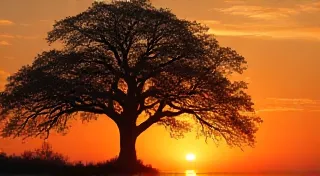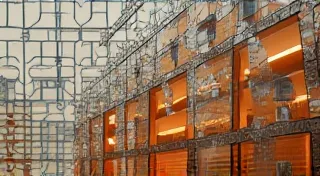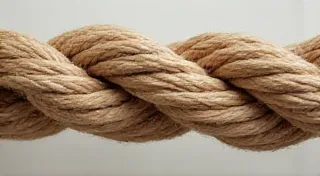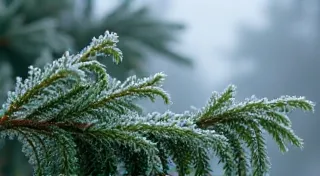The Emerald Lament: Finding Resilience in Juniper’s Fall
There’s a particular melancholy that settles over a workshop in late autumn. The light, already softened, seems to sigh through the windowpanes, highlighting the dust motes dancing in the air. It's a feeling amplified tenfold in my space, not just because the daylight hours dwindle, but because of the seasonal display of my juniper bonsai. It’s a period of shedding, a visible, poignant farewell to summer's vibrant green. Watching them release their needles, a cascade of tiny emerald teardrops swirling to the ground, always evokes a resonance with something deeper – a connection to the creative process itself, and the beauty of perseverance.
This feeling, oddly enough, isn’t so different from the way I feel when I’m meticulously restoring an antique accordion. I’m a bit of a collector, drawn to objects that have witnessed history, endured hardship, and emerged, however scarred, with a unique story etched into their form. Accordions, especially, possess a certain gravity; they're instruments of joy, yes, but also of displacement, of yearning, often carried across borders by those seeking a piece of home. The painstaking work of cleaning the bellows, repairing the reed blocks, replacing cracked keys… it's an act of resurrection. And like the juniper shedding its needles, restoring an accordion involves letting go. You have to release the rust, the grime, the lingering echoes of past owners to reveal the beauty that lies beneath.

The Juniper's Cycle: A Lesson in Letting Go
The juniper bonsai, particularly those of the Juniperus procera or Japanese Garden Juniper varieties, are notorious for their autumnal shedding. It’s often alarming to newer growers – a seemingly devastating loss of foliage. But it's vital to understand that this isn’t a sign of distress; it's a natural part of their life cycle. Junipers evolved in regions with harsh winters, and this needle drop is a mechanism for water conservation. By shedding older needles, they reduce surface area, minimizing moisture loss during periods of dormancy.
This cycle isn't merely biological; it holds a potent metaphor for the creative life. As artists, bonsai enthusiasts, and anyone pursuing a passion project, we inevitably face setbacks. A painting might be a complete failure. A carefully planned bonsai design might require a drastic reimagining. A restoration project might reveal unforeseen damage, demanding a shift in approach. These moments can feel like an emerald lament, a painful loss of hope and progress. Yet, just as the juniper releases its needles to survive, we must learn to release our attachments to specific outcomes, to embrace the unexpected, and to find renewed inspiration in the process of recalibration.
Juniper Bonsai Pruning: Shaping Resilience
The winter months are a crucial time for juniper bonsai pruning. After the shedding, the remaining foliage appears sparse, but it holds the potential for fresh growth in the spring. Careful pruning, focused on structural development and encouraging ramification, can make a dramatic difference. Unlike deciduous trees that require more vigorous pruning, junipers respond best to a lighter touch. Pinching back new growth encourages back-budding, increasing density and refining the overall shape. Resist the urge to “fix” things immediately. Observe the tree’s response to pruning and adjust your approach accordingly.
Consider the historical context. The art of bonsai itself has evolved over centuries, shaped by philosophies of patience and observation. The earliest bonsai masters understood the inherent power of minimal intervention, allowing the tree's natural form to guide the design. Our role isn’t to impose our will, but to facilitate the tree’s inherent beauty.
Juniper Bonsai Wiring Techniques: Guiding the Narrative
Wiring is another vital technique for shaping juniper bonsai. While generally hardy, young junipers are surprisingly pliable and respond well to wiring, allowing for more dramatic styling. However, it's essential to use the correct wire gauge and to monitor the tree closely to avoid damaging the bark. The application of wiring is not about forcing the tree to conform to a rigid design; it's about gently guiding its narrative, encouraging it to grow in a specific direction.
Think of the accordion again. Its bellows, strengthened by countless folds of durable fabric, allow it to express a wide range of emotions. Wiring a juniper is similar; it’s about providing the structural support needed to achieve a desired form, while allowing for organic movement and growth. It's a conversation, a negotiation between the grower and the tree.
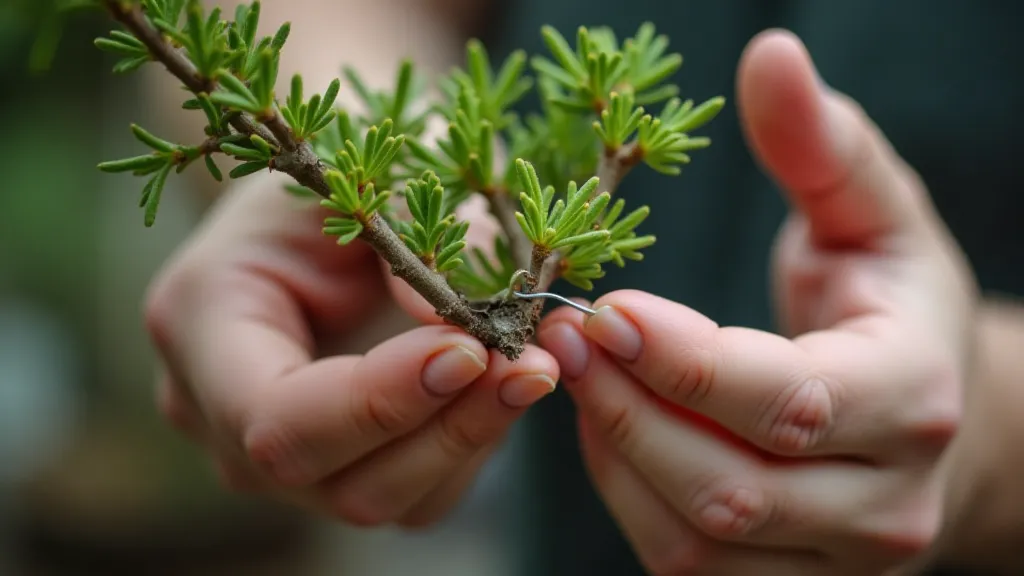
Winter Protection and Dormancy
While junipers are generally hardy, providing some level of winter protection is beneficial, especially for younger trees or those grown in containers. This might involve sheltering them from harsh winds or providing a layer of mulch to insulate the roots. Understanding the nuances of dormancy is key; junipers don't necessarily need to be kept completely frozen to enter dormancy. A period of cold, followed by a gradual warming, is often ideal.
Dealing with Common Juniper Problems: The Red Spider Mite Lament
Even the hardiest juniper can be susceptible to pests and diseases. The red spider mite, for instance, can cause significant damage, particularly during dry spells. These tiny arachnids suck sap from the needles, causing them to appear stippled and eventually turn brown. Early detection is crucial. Regularly inspecting the tree for signs of infestation and treating with appropriate miticides can prevent widespread damage. Addressing these challenges is akin to restoring an accordion – it requires meticulous attention to detail and a willingness to confront imperfections.
Bonsai Juniper Varieties: Choosing Your Story
Selecting the right juniper variety is crucial for achieving your bonsai goals. Juniperus procera is popular for its elegant, windswept forms. Japanese Garden Junipers offer a wider range of styles. Each variety possesses unique characteristics that influence its growth habit and aesthetic appeal. Researching different varieties and understanding their specific needs is the first step towards creating a thriving bonsai.
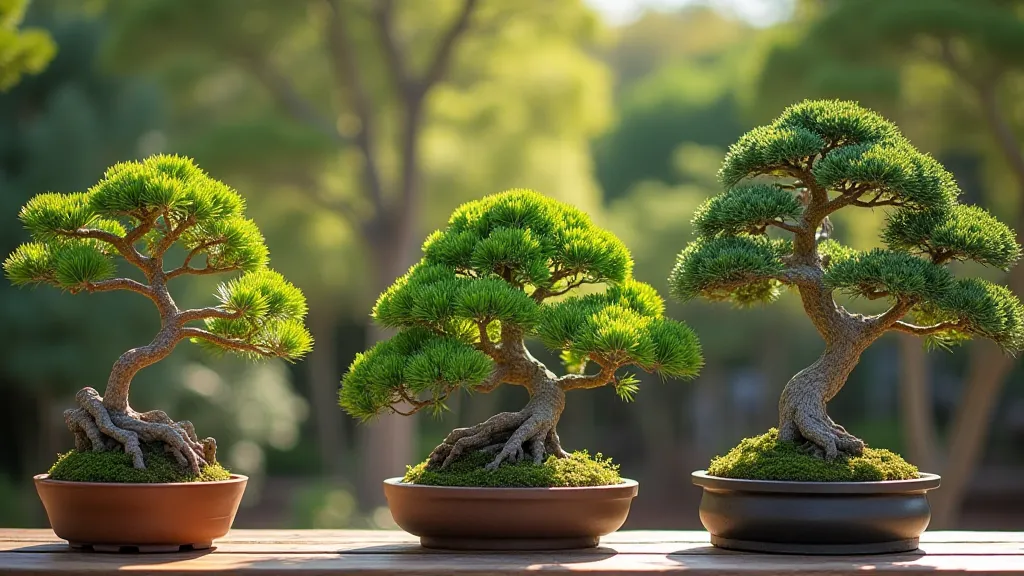
Finding Beauty in the Cycle
The emerald lament – the visible shedding of needles – is not a symbol of failure. It's a testament to the juniper’s resilience, its ability to adapt and endure. It’s a powerful reminder that even in moments of apparent loss, there is the potential for renewal. Just as the antique accordion, painstakingly restored, sings a melody of survival and memory, the juniper bonsai, having weathered the seasons, stands as a testament to the beauty of perseverance and the enduring power of nature's cyclical dance. Embrace the shedding. Find inspiration in the bare branches. The promise of spring, and a fresh burst of green, is always waiting.
